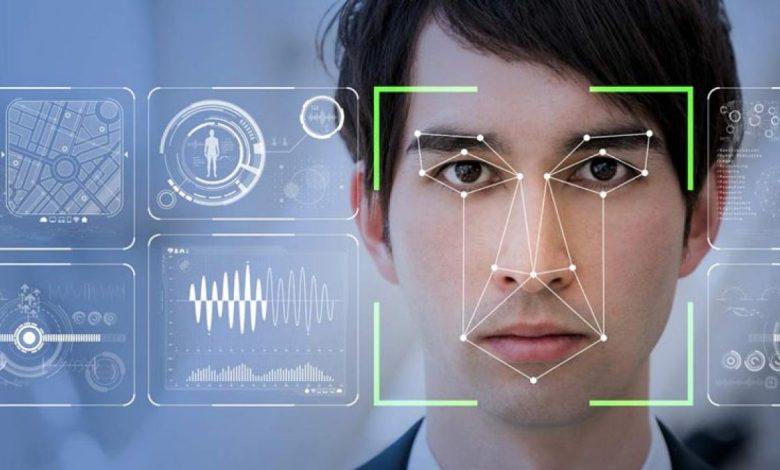Time for copyright the human face in the age of AI

IN an era where artificial intelligence continues to revolutionise the global digital landscape, societies are now grappling with one of its most disturbing byproducts: the rise of deep fakes.
These hyper-realistic, AI-generated images, videos and audio recordings that imitate a person’s appearance and voice are becoming increasingly sophisticated.
While the technology may have positive applications in education, entertainment and marketing, it equally poses significant risks ranging from identity theft and misinformation to fraud, blackmail and repetitional harm.
In Tanzania, where the adoption of digital technologies is growing rapidly, particularly through social media platforms such as WhatsApp, Facebook, Instagram and TikTok, the country is not immune to the dangers posed by deep fakes.
Political figures, musicians, religious leaders and ordinary citizens have already experienced varying degrees of misrepresentation through digitally altered or AI-generated content.
These tools, once considered experimental, have now been democratised, meaning anyone with basic access to the internet can create highly convincing content that mimics real people in both sound and sight.
Against this backdrop, the recent legal developments in Denmark have sparked international interest.
The Danish government announced its intention to amend its copyright law to give individuals explicit ownership over their own bodies, voices and facial features.
The idea is revolutionary: to treat a person’s image and voice as a protected intellectual property.
This move, said to be the first of its kind in Europe, is designed to curb the unauthorised creation and circulation of deep fake content.
The Danish Minister for Culture explained that the objective is to send an unequivocal message that every individual has an inherent right to control how their identity is used, especially in the digital space.
Under this proposed law, if an AI-generated image or video imitates someone without their consent, the victim will have the legal right to demand its removal and claim compensation.
This legislative development invites serious reflection in Tanzania.
While the country has taken strides in regulating online content through the Cybercrimes Act of 2015 and the Electronic and Postal Communications Act of 2010, there remains a significant legal vacuum when it comes to the ownership and misuse of personal biometric data such as facial appearance and voice.
Tanzania’s Copyright and Neighbouring Rights Act (Cap 218) provides comprehensive protection for literary, musical and artistic works.
However, it does not currently recognise a person’s face, voice, or bodily features as copyrightable content.
Therefore, when a person’s likeness is imitated by a machine for harmful purposes be it to spread false information or perpetrate fraud the law offers no specific remedy that empowers individuals to take back control of their identity.
ALSO READ: Time for Artificial Intelligence literacy
Similarly, the Cybercrimes Act criminalises impersonation and false information, which might apply to deep fakes in certain situations.
However, the remedies under this law are punitive rather than empowering.
That is, while the act provides for fines and imprisonment for those found guilty, it does not affirmatively recognise a citizen’s ownership over their personal identity in the digital realm.
Victims are forced to rely on general legal principles or constitutional rights, such as the right to privacy and dignity under Article 16 and Article 12 of the Constitution of the United Republic of Tanzania, 1977.
But these provisions require additional implementing legislation to be effective in addressing the unique threats posed by AI technologies.
With the pace of technological change accelerating, Tanzania must seriously consider reforming its laws to account for the new dimensions of identity in the digital age.
One approach would be to amend the Copyright and Neighbouring Rights Act to include biometric attributes such as one’s voice, image, or mannerisms as protected works.
This would allow individuals to assert exclusive rights over the use of their image and likeness, in much the same way that artists currently enjoy rights over their songs, sculptures, or books.
By doing so, Tanzanian law would recognise that a person’s face and voice are not simply attributes, but expressions of identity worthy of legal protection.
Beyond copyright reform, Tanzania could also consider enacting a new law entirely a Digital Personality Protection Act.
Such a law could define what constitutes a deep fake, require prior consent for generating or sharing AI-imitation content, impose obligations on digital platforms to act on takedown requests within set timelines and provide mechanisms for civil redress and compensation.
Importantly, this legislation could also distinguish between harmful misuse and legitimate satire or parody, ensuring that freedom of expression is not unduly restricted.
This delicate balance is essential, especially in a democratic society that upholds artistic and journalistic freedom. To make such a legal framework effective, enforcement mechanisms must be improved.
The Tanzania Communications Regulatory Authority (TCRA) could be empowered with specific oversight roles relating to AIgenerated content, including the authority to require tech platforms operating in Tanzania to put in place robust detection and removal mechanisms.
Where platforms fail to comply, they could be penalised with substantial fines or temporary suspension of services, especially in cases involving national security or public interest.
The challenges ahead are not merely legal or regulatory. Tanzania must also invest in public education and digital literacy to help citizens recognise and respond to deep fake content.
This is especially important in rural and semi-urban areas where access to information about AI risks is limited.
Civil society organisations, schools, media houses and tech companies should collaborate to raise awareness, particularly among youth and vulnerable populations.
Empowering citizens with knowledge is one of the most effective defences against manipulation.
Critics may argue that such legal reforms are premature or overly ambitious in a country still grappling with basic digital infrastructure issues.
However, the reality is that the threat of deep fakes is already here. Ignoring the problem will not make it disappear.
On the contrary, it could result in irreversible damage not only to individual victims but also to the credibility of institutions, the security of elections and the stability of society.
In an age where an AI system can make a respected religious leader appear to utter blasphemy, or a politician seem to call for violence, inaction is no longer an option.
Tanzania is not alone in facing this challenge and that is precisely why the country should take a bold step forward.
By drawing inspiration from Denmark and adapting those ideas to the local context, Tanzania could become a leader in Africa in protecting its citizens from digital identity theft and manipulation.
Such leadership would not only benefit Tanzanians but could also influence broader regional discussions within the East African Community and the African Union on how to regulate emerging technologies responsibly.
The digital future brings with it both promises and perils. It is the role of the law to ensure that innovation does not come at the cost of human dignity, personal privacy and democratic integrity.
By recognising that a person’s body, face and voice are not public property for machines to mimic without consent, Tanzania can send a powerful message: our identities are ours to own and the law stands ready to protect them.





